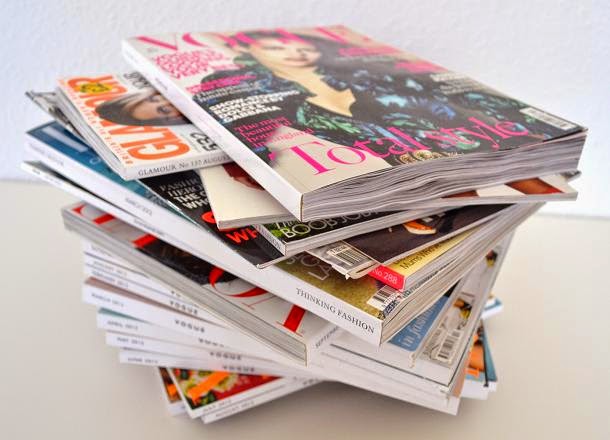A masthead is a critical element of any magazine, serving as both a symbol of the publication’s identity and a cornerstone of its branding strategy. As the banner that typically features the magazine’s name, logo, and sometimes a tagline, the masthead is more than just a decorative header it is a powerful tool for establishing brand recognition and credibility. In the competitive world of publishing, where hundreds of magazines vie for the attention of readers on crowded newsstands, the masthead stands out as a primary visual cue that can influence a reader’s decision to pick up a particular issue. From a branding perspective, the masthead is the most visible aspect of a magazine’s identity. It encapsulates the essence of the publication, conveying its style, tone, and focus at a glance. For instance, the bold, modern typeface of a masthead on a tech magazine might suggest innovation and cutting-edge content, while the elegant, serif font of a fashion magazine’s masthead could evoke sophistication and timeless style. The design choices made in the masthead, such as color scheme, typography, and placement, are crucial in communicating the magazine’s brand values and attracting its target audience.

A well-designed masthead not only helps to distinguish the world’s magazine from its competitors but also builds a sense of familiarity and trust with its readers. Over time, readers come to associate the masthead with the quality and type of content they expect, making it an integral part of the magazine’s overall branding strategy. Credibility is another essential function of the masthead. In a media landscape where the authority and reliability of information are constantly scrutinized, a magazine’s masthead acts as a seal of authenticity. Established publications often have a long history associated with their mastheads, which can evoke a sense of legacy and trustworthiness. For example, iconic mastheads like those of The New Yorker or National Geographic carry with them decades of editorial excellence, instantly signaling to readers that the content within is reputable and worth their time. This credibility is not only vital for retaining loyal readers but also for attracting advertisers and contributors who want to associate with a respected brand.
Moreover, the masthead serves as a unifying element across various platforms. As magazines expand their presence online and through social media, the masthead remains a consistent visual anchor that ties the print edition to its digital counterparts. This consistency reinforces the brand across multiple touchpoints, ensuring that whether a reader encounters the magazine in a physical store, on a website, or on social media, they are met with the same recognizable identity. This omnipresence of the masthead strengthens the magazine’s brand equity and helps to maintain a cohesive image in the minds of its audience. In summary, the masthead is far more than a decorative header; it is a vital branding and credibility tool for magazines. Through thoughtful design and strategic use, the masthead establishes the magazine’s identity, builds reader trust, and ensures brand consistency across platforms. As the publishing industry continues to evolve, the importance of a strong, recognizable masthead remains a constant, playing a key role in the success and longevity of a magazine.